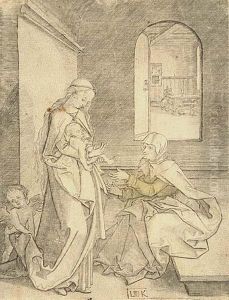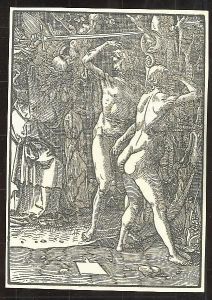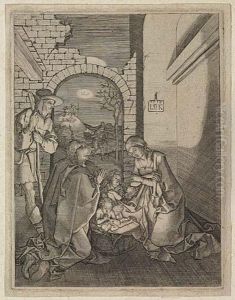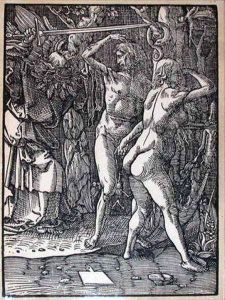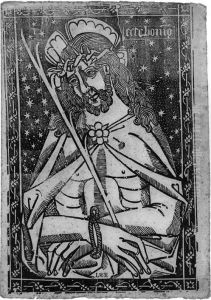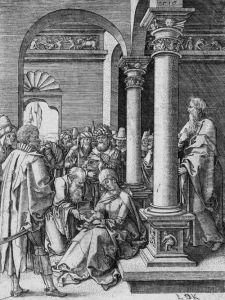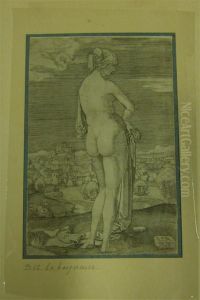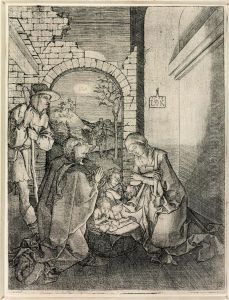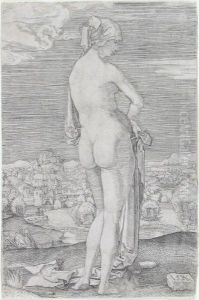Ludwig Krug Paintings
Ludwig Krug was a German Renaissance artist, born around 1490 in Nuremberg, a city that was a vibrant center for arts and culture during the period. Krug's work was heavily influenced by the artistic environment of his hometown, which was also the home of Albrecht Dürer, one of the most prominent artists of the time. While there is limited documentation on Krug's early life and training, it is believed that he might have been associated with Dürer's workshop or at least influenced by Dürer’s style and techniques.
Krug primarily worked in the medium of metal, particularly silver, and was known as a skilled silversmith and engraver. His surviving body of work includes beautifully crafted pieces such as chalices, patens, and other liturgical vessels, as well as decorative objects that display intricate designs and a high level of craftsmanship. One of his most notable works is the 'Lovers' cup', which is a testimony to his ability to combine functionality with elaborate decoration. Krug's work often featured ornate detail, including religious and mythological imagery, which was typical for the time.
Despite his evident skill and the quality of his surviving pieces, Ludwig Krug remains a lesser-known figure in the art historical canon, overshadowed by the giants of the Renaissance such as Dürer. Nevertheless, Krug's contributions to the arts of the German Renaissance provide valuable insights into the cultural and artistic practices of the time.
Krug's death is recorded in 1532 in Nuremberg. His legacy lives on through his extant works, which can be found in various museums and collections, showcasing the artistry of Nuremberg's metalwork during the period. Krug's work, though not as widely recognized as that of some of his contemporaries, remains an important part of the study of German Renaissance art, reflecting the technical skill and aesthetic sensibilities of the era.
